
 |
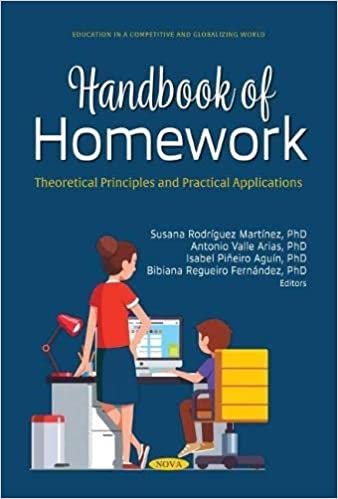 English | 2022 | ISBN: 1685073808, 978-1685073800 | 212 pages | True PDF | 3.84 MB "The aim of this handbook is to offer a series of contributions about homework regarding various theoretical and applied issues. It aims to offer education researchers and professionals the necessary fundamentals in the field of homework and thus help answer many of the questions about the conditions for setting quality homework. The aim is for homework to no longer be a source of conflict and controversy at the educational level and for it to become a useful tool for improving student learning. The handbook is organized into six chapters and an epilogue written by leading figures in the field of international educational research from seven different universities. In this handbook information about the variables involved in homework and its relationshipwith self-regulation of learning can be found. Furthermore, the role of teacher's feedback is explored and details about how to set quality and diverse homework are described. The final chapter, Epilogue: Tasks for Teachers and Parents, offers a summary of ten key guidelines that teachers and parents should bear in mind during the homework process. These are essential aspects in achieving homework that students find useful, varied, and motivating"--
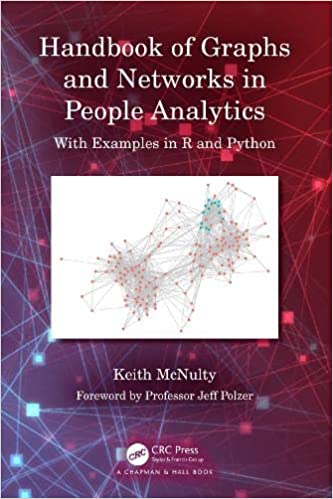 English | 2022 | ISBN: 1032204974, 978-1032204970 | 269 pages | True PDF | 24.23 MB Handbook of Graphs and Networks in People Analytics: With Examples in R and Python covers the theory and practical implementation of graph methods in R and Python for the analysis of people and organizational networks. Starting with an overview of the origins of graph theory and its current applications in the social sciences, the book proceeds to give in-depth technical instruction on how to construct and store graphs from data, how to visualize those graphs compellingly and how to convert common data structures into graph-friendly form.
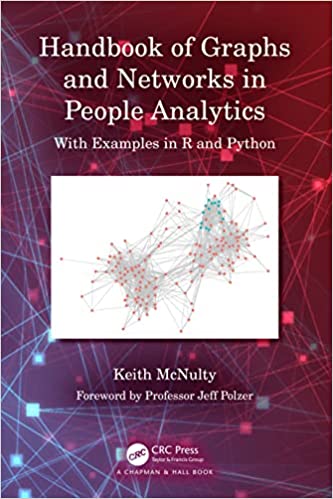 English | 2022 | ISBN: 1032204974 | 268 pages | True EPUB | 21.85 MB Handbook of Graphs and Networks in People Analytics: With Examples in R and Python covers the theory and practical implementation of graph methods in R and Python for the analysis of people and organizational networks. Starting with an overview of the origins of graph theory and its current applications in the social sciences, the book proceeds to give in-depth technical instruction on how to construct and store graphs from data, how to visualize those graphs compellingly and how to convert common data structures into graph-friendly form. The book explores critical elements of network analysis in detail, including the measurement of distance and centrality, the detection of communities and cliques, and the analysis of assortativity and similarity. An extension chapter offers an introduction to graph database technologies. Real data sets from various research contexts are used for both instruction and for end-of-chapter practice exercises and a final chapter contains data sets and exercises ideal for larger personal or group projects of varying difficulty levels.  English | 2022 | ISBN: 978-3030957599 | 822 pages | pdf, epub | 53.74 MB This is the third volume of the Handbook of Geometry and Topology of Singularities, a series which aims to provide an accessible account of the state of the art of the subject, its frontiers, and its interactions with other areas of research. This volume consists of ten chapters which provide an in-depth and reader-friendly survey of various important aspects of singularity theory. Some of these complement topics previously explored in volumes I and II, such as, for instance, Zariski's equisingularity, the interplay between isolated complex surface singularities and 3-manifold theory, stratified Morse theory, constructible sheaves, the topology of the non-critical levels of holomorphic functions, and intersection cohomology. Other chapters bring in new subjects, such as the Thom–Mather theory for maps, characteristic classes for singular varieties, mixed Hodge structures, residues in complex analytic varieties, nearby and vanishing cycles, and more.
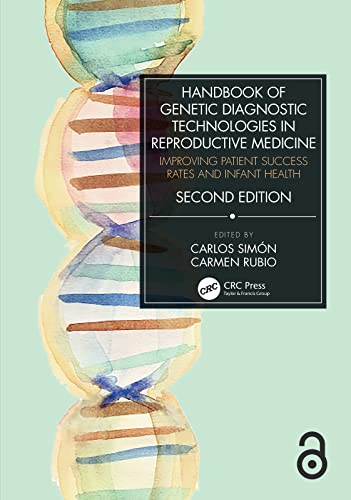 English | 2022 | ISBN: 0367457180 | 411 pages | True PDF | 258.5 MB Different genetic diagnostic and treatment options are used worldwide to improve routine IVF procedures for the benefit of patients. This handbook updates the new genetic diagnostic technologies that have been translated to the clinic, aiming to improve outcomes in the clinic and result in a healthy baby in the home. Chapters cover the use of genetic technologies in a personalized manner to unravel the possible genetic risks for the couple wishing to conceive, in terms of sperm, the embryo, the endometrium, miscarriage, and finally the fetus.  English | 2022 | ISBN: 0367498936 | 731 pages | True PDF | 97.52 MB Handbook of Forensic Photography is the most-comprehensive, definitive reference for the use of photography in the capture and presentation of forensic evidence. The intent is to inform the reader about the most complete and up-to-date methods to capture and reproduce images that most accurately represent the evidence. 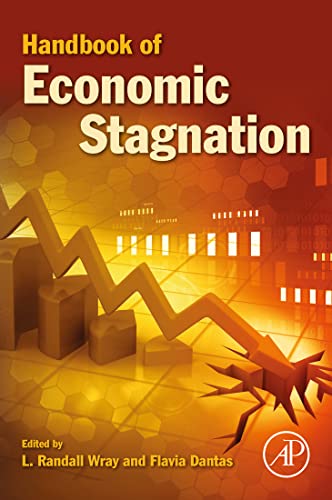 English | 2022 | ISBN: 0128158980 | 432 pages | True pdf, epub | 29.44 MB Handbook of Economic Stagnation takes a broad view, including contributions from orthodox and heterodox economists who examine situations in countries and worldwide regions, including Japan and the Euro area. To be sure, stagnation is periodically relieved by short economic bursts usually brought on by unsustainable asset price bubbles. Once the bubbles burst, stagnation returns. This book's fresh, comprehensive approach to the topic makes it the premier source for anyone affected by these cycles.  Airbus A320 - Learn To Fly A320 With Airline Pilot! Last updated 6/2021MP4 | Video: h264, 1280x720 | Audio: AAC, 44.1 KHzLanguage: English | Size: 2.63 GB | Duration: 2h 57m Learn How to Fly Airbus A320 Step by Step From Scratch! 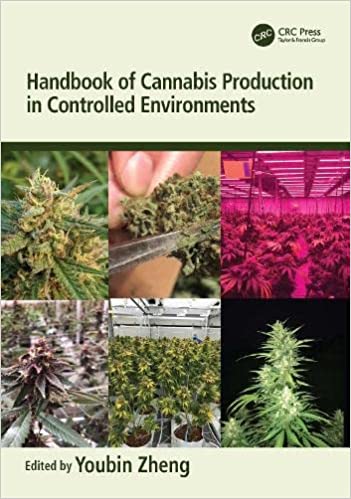 English | 2022 | ISBN: 0367713543, 978-0367712570 | 339 pages | True PDF | 199.07 MB For thousands of years, Cannabis sativa , commonly called cannabis or marijuana, has been used for many different purposes. Due to its enormous medicinal values, increasing numbers of countries and regions have started to legalise the cultivation of this plant. When grown commercially, cannabis is most often produced in controlled environments including greenhouse and indoor growing rooms, to ensure consistent growth and high quality. Even for field production, propagation is frequently conducted in controlled environments. Commercial operations and individual growers who cultivate cannabis for personal consumption, require scientific information on how to cultivate cannabis most effectively and efficiently. To meet these needs, scientists have been conducting research on how to optimize cannabis cultivation both in small and large scales.
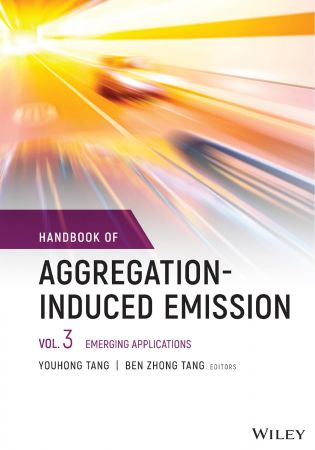 English | 2022 | ISBN: 111964299X | 591 pages | True PDF | 78.49 MB The third volume of the ultimate reference on the science and applications of aggregation-induced emission |